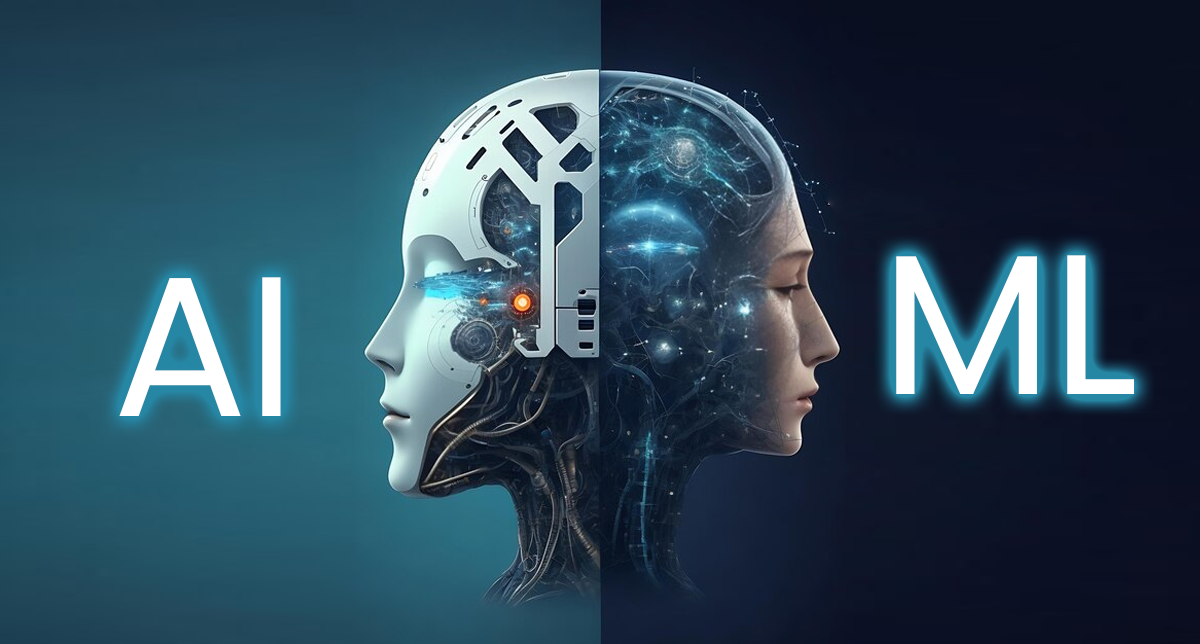
Introduction to Artificial Intelligence and Machine Learning: What AI and ML are, real-world applications, and why they matter today.
Introduction to Artificial Intelligence and Machine Learning
Artificial intelligence (AI) and machine learning (ML) are buzzwords you hear everywhere these days, from tech conferences to casual conversations. But what do they actually *mean*? And more importantly, why should you care? Let's demystify these powerful technologies and explore their impact on our world.
What is Artificial Intelligence (AI)?
At its core, AI is about creating machines that can perform tasks that typically require human intelligence. Think about things like problem-solving, learning, planning, and understanding natural language. It's a broad field, encompassing various approaches, including:
- Rule-based systems: These systems follow pre-programmed rules to make decisions. A simple example is a spam filter that identifies emails containing certain keywords as spam.
- Machine learning: This is a subset of AI where systems learn from data without explicit programming. We'll delve deeper into this shortly.
- Deep learning: A more advanced type of machine learning that uses artificial neural networks with multiple layers to analyze data.
What is Machine Learning (ML)?
Machine learning is a powerful technique within AI that allows computers to learn from data without being explicitly programmed. Instead of relying on pre-defined rules, ML algorithms identify patterns and relationships in data to make predictions or decisions. This is achieved through various techniques, including:
- Supervised learning: The algorithm learns from labeled data (data with known outcomes). For example, training an image recognition system with pictures labeled "cat" or "dog."
- Unsupervised learning: The algorithm learns from unlabeled data, identifying patterns and structures without predefined categories. Clustering customers based on their purchasing behavior is a good example.
- Reinforcement learning: The algorithm learns through trial and error, receiving rewards or penalties for its actions. This is often used in robotics and game playing.
Real-World Applications
AI and ML are transforming industries across the board. Here are a few examples:
- Healthcare: Diagnosing diseases, personalizing treatment plans, and accelerating drug discovery.
- Finance: Fraud detection, algorithmic trading, and risk assessment.
- Transportation: Self-driving cars, optimizing traffic flow, and improving logistics.
- E-commerce: Personalized recommendations, targeted advertising, and improved customer service through chatbots.
A Simple Python Example (ML)
Let's look at a basic example of machine learning using Python and the scikit-learn library. This code snippet performs linear regression, predicting a house's price based on its size:
from sklearn.linear_model import LinearRegressionimport numpy as np# Sample data (house size in sq ft, price in USD)X = np.array([[1000],[1500],[2000],[2500]])Y = np.array([200000, 300000, 400000, 500000])# Create and train the modelmodel = LinearRegression()model.fit(X, Y)# Predict the price of a 1750 sq ft houseprint(model.predict([[1750]]))Why AI and ML Matter Today
AI and ML are not just futuristic concepts; they're shaping our lives right now. They are driving innovation, improving efficiency, and creating new possibilities across various sectors. Understanding these technologies is crucial for anyone looking to navigate the rapidly evolving technological landscape.
Conclusion
AI and ML are powerful tools with the potential to solve complex problems and improve our lives in countless ways. While there are ethical considerations to address, their impact on our future is undeniable. By understanding the basics of AI and ML, we can better appreciate their capabilities and navigate this exciting new era of technological advancement.